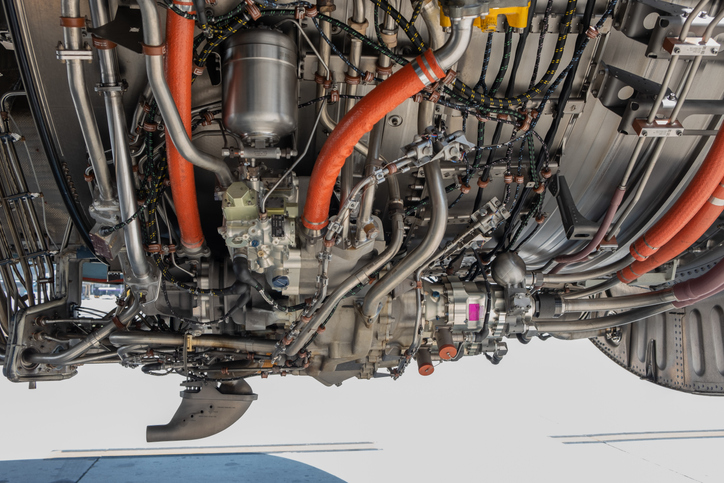Climate change is a hot topic globally, with governments and companies alike pledging to reduce their carbon footprints. Earlier this year, the Department of Defense (DOD) revealed its plan to reduce greenhouse gas emissions. The plan disclosed that jet fuel combustion made up 76% of operational emissions (17% from ships and 6% from tactical vehicles) and 50% of total DoD emissions in 2021. The direction for reducing greenhouse emissions comes from the Federal Government’s goal of a net-zero economy by mid-century.
Beyond climate change, reducing demand for operational energy (primarily petroleum) to execute missions is critical to military planning and operations. It is essential to maintaining a strong and resilient Joint Force. The DoD states that reducing demand for petroleum allows the military to operate for extended periods, cover greater distances, carry more payload, and operate in more places, making it more difficult for our adversaries to disrupt our operations.
While technologies are advancing in green energy, fuel continues to fill a critical need for the sector. The global aerospace and defense fuel market was $16.9 Billion in 2022, with North America taking a 37% market share. The largest single global fuel consumer is the United States military, using approximately 4.6 billion gallons in 2019.
One way manufacturers are reducing fuel consumption is by decreasing the weight of the aircraft or vessel. Reducing aircraft weight results in less lift and drag production in flight, requiring less thrust and fuel burn. The Boeing 787 achieved a 20% weight reduction from the extensive use of lighter materials, which resulted in a 10%-12% improvement in fuel efficiency.
The Use of Engineering and High-Performance Polymers in A&D Applications
Engineering and high-performance polymers in A&D are a family of materials that engineers have turned to for weight reduction. The high strength-to-weight ratio is a driving factor for their increased use in aerospace and defense applications. As new plastics have been developed with unique performance characteristics, engineers have used them to replace heavier metals in aircraft and other defense applications.
“When companies are looking to make a weight reduction impact by replacing metal, they are looking at larger or thicker parts— larger panels in the aircraft, components in seats and turbine blades, and parts used in lavatories and gallies,” said Eric Trimble, Industry Segment Manager, Aerospace, Ensinger. “When talking about smaller components, like fittings or connectors, it takes larger volumes of parts to start making a difference in weight reduction unless they are really heavy metallics. But when you start looking at bigger components that take up a little bit more real estate on aircraft or small but very thick, very heavy components, plastics can make a difference with reducing weight.”
The polymer that is used will depend on the customer’s objective. Some components need high strength to maintain structural integrity, some need to be non-conductive, others require heat resistance, internal components may require flame resistance, and those used in the understructure near the fuel tanks or hydraulic systems need chemical resistance specific to the chemicals they may contact. There is no single approach. Working with a plastics company, such as Ensinger, that understands the strengths and limitations of engineering and high-performance polymers in A&D and has experience within the aerospace market will ensure the best outcome.
Ensinger Delivers Solutions, Not Just Parts
At Ensinger Precision Components, we don’t adapt your part to our equipment; we adapt our solution to your needs. Whether you need help converting parts from metal to plastic or need help finding a solution to a unique challenge, we have the experience and expertise to deliver.
As a division of the Ensinger Group, we have access to high-level expertise and extensive processes beyond injection molding, including machining and compounding, allowing us the resources to uncover a viable, more cost-effective solution.
In addition to extensive capabilities, we have industry knowledge cultivated from experience. We keep a finger on the pulse of the industry, whether it is regulatory requirements and ensuring that aerospace and defense standards are met or being on the lookout for the latest technology.
“We are engineering plastic experts. We can assess what the customer needs and help drive innovation, whether using existing materials or partnering with our raw material manufacturers to drive new solutions,” said Eric. “When I talk with engineers, I not only want to solve problems today, but I also want to understand what the problems of the future are and how to get ahead of what the market will need two, three, or four years from now to be able to get them what they need at the time they need it.”
If you are ready to work with a partner who understands your challenges and has the solutions to meet your needs, we are ready to talk. Contact us, and let’s get started.
